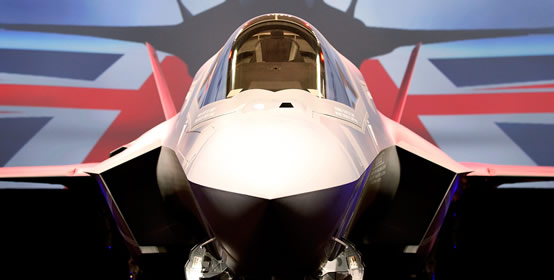
Lockheed Martin is a global company that specializes in aerospace, security, defense, and advanced technology. This American company, headquartered in Maryland, has been in the news recently regarding new developments as well as the loss of a major contract. The following information discusses recent business gains and losses for the company.
Lockheed Martin has recently lost the contract for the replacement of the iconic Humvee. Oshkosh Defense won the contract that could ultimately be worth up to $30 billion. This major deal will involve constructing the new ground vehicles that will replace the current fleet of Humvees. This is a setback for Lockheed Martin, as this was one of the biggest Army contract awards in the last several years. The initial contract is for 17,000 vehicles. Production is to begin the first quarter of 2016 with the Army expecting its first unit to have the vehicles in 2018.
There is plenty of good news, however, for Lockheed Martin. Just as the 100th Air Force F-35 gets ready to go into production, the Secretary of the Air Force, Deborah Lee James, was on hand to help celebrate this important milestone for the company. The program has struggled in past years due to delays and costs, but now seems to be on track and the F-35 should be ready for combat by next August.
Lockheed Martin's biggest buyer of the F-35 is the Air Force. They have so far acquired 73 F-35s and are scheduled to receive over 1,763 in the future. This program will also add jobs as it expands. As the program grows it's expected to add 1,000 jobs directly. On top of that, 3,000 additional local jobs outside of the plant at Fort Worth are expected. On another positive note, it's not just the Air Force that is purchasing the F-35. The Marines, the Navy, and 11 partner nations are also buying the F-35.
Lockheed Martin is also hoping to build on the success of the legendary U-2 surveillance plane. The media has reported that the company is creating a new version of the plane. Scott Winstead, Lockheed Martin's U-2 strategic development manager, has said the new version will add more endurance and a low-observable body.
The U-2 is one of the longest serving airplanes in the United States Air Force and has earned the name Dragon Lady. The U-2 has been around since the 1950s and has played an important role in the U.S. military. This high-altitude surveillance plane can fly twice the altitude of a regular commercial airplane. This incredible plane can fly above 70,000 feet for 12 hours.
In conjunction with several other companies such as Apple, Lockheed Martin is partnering with the United States Department of Defense to create what has been called wearable tech. The Pentagon has recently announced the Flexible Hybrid Electronics Manufacturing Innovation Hub. This is an initiative to create sensory gear that can either be worn by people or even molded onto the outside of a jet.
Wearables are now seen as the next big technology frontier. The government sees this emerging market as beneficial for both the military and consumers. High-tech wearable devices are nothing new for Lockheed Martin. They have already created head wearable devices that are wireless with reality display designs. They have developed devices that already have nearly a full peripheral vision. With these types of headgear the user can train and learn by doing, while displayed images supplement hands-on skill development.
Lockheed Martin, along with the United States Navy, will launch the fourth MUOS (Mobile User Objective System) on August 31, on a United Launch Alliance Atlas Rocket. The launch will be able to be viewed as an online webcast. The MUOS-4 is an addition to a group of orbiting satellites that is revolutionizing communications for the military. Lockheed Martin assembled the MUOS-4 in California at the Sunnyvale facility. The delivery of the MUOS-4 completes the initial MUOS constellation. It also provides almost total global coverage for the network.